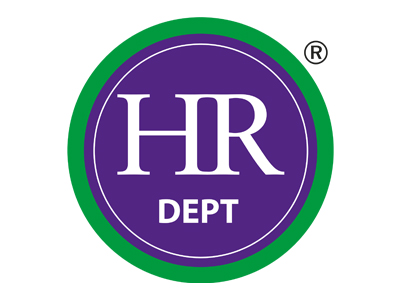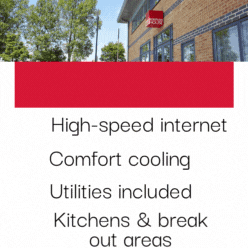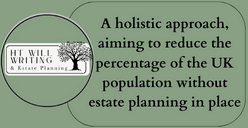The 2018 Summer Sizzler – Managing Health and Safety in Hot Weather
Does anyone remember the terrible trio of the Beast from the East, Storm Emma and the Mini Beast from the East? They lasted right up until mid-March! It would have been hard to believe that just six weeks later we were to have the hottest May on record.
And the hot weather did not cease in May. We have been scorched for two and a half months so far. And while it is lovely weather for sipping a G&T on a Friday evening, it does present extra issues in the workplace. So from a health and safety perspective, what are your considerations?
The law on working in hot weather
Unlike for colder weather, there is not a prescribed upper temperature which has to be observed in a business. This is because of the very high temperatures found in some workplaces such as glass works.
So when we have a prolonged heatwave, such as in 2018, adhering to health and safety law comes down to that good old H&S staple: the risk assessment. This requires that you properly assess the health and safety of your workforce and their environment, and mitigate or eliminate risks where reasonably practicable.
When considering HSE guidelines on temperature, it is important to stress the distinction between seasonal hot conditions, and normal work environments in which employees are subject to high temperatures all year round. Such businesses, like bakeries and foundries, will have heat stress risk assessments as a matter of routine. What we are talking about here is keeping staff safe in unusually hot weather.
Hot weather risk assessments
We’ve already established that as part of your duty of care to employees, you should carry out a risk assessment when hot weather impacts their work environment. The kind of risks may include dehydration, sunburn, heatstroke, and impact on other conditions, like pregnancy for example.
How you can manage the risks of working in hot weather
The Health and Safety Executive talk about controlling thermal comfort and consider six areas. Five of these have relevance to managing people in hot weather.
Controlling the environment
When it comes to hot weather, it is much easier to control the environment for indoor workers where air conditioning, evaporative cooling, fans and the opening/closing of windows can all be considered. For outdoor workers, fans may be an option and so too could creating artificial shade.
Dehydration is a huge risk. So ensure everyone has access to drinking water and understands the importance of staying hydrated.
Controlling the clothing
Clothing and personal protective equipment are factors where you may have lots of control and could make some easy adjustments. If your dress code is formal and requires, as an example, men to wear shirts with ties, this should be easy to relax. Many companies nowadays take a liberal approach to dress code and would not bat an eyelid about shorts being worn during hot weather.
If employees wear a uniform, part of a longer-term strategy could be to ensure that the materials used are chosen with thermal comfort in mind.
Outdoors, suitable sun hats and sunscreen are essentials to protect workers.
Controlling the tasks
This may be particularly useful where you have less control of the environment as with outdoor workers. Here you can look at your scheduling: try to avoid allocating the most strenuous tasks and those which involve maximum exposure to the sun at the hottest times of the day.
Monitoring the employee
Identifying how individual employees may be vulnerable is an important part of your risk assessment. Pregnancy is an obvious risk and you should separately already have carried out a pregnancy risk assessment by law. Think about how employees with illnesses, disabilities, or who are on medication might be affected too, and what reasonable adjustments you could make.
Permitting behavioural adaptation
It will often be sensible to allow your team freedom to make themselves comfortable. Whether that is taking an extra break to cool down, adjusting thermostats or deciding if windows should be opened or closed, you should take a common sense view.
Need more hot weather health and safety advice?
Legal obligations underpin most health and safety advice. However, following good practices helps you maintain a healthy, happy and more productive workforce. If you want advice on how to ensure the health and safety of your workforce in hot weather, then give the HR Dept's expert team a call on 0345 208 1120.





















